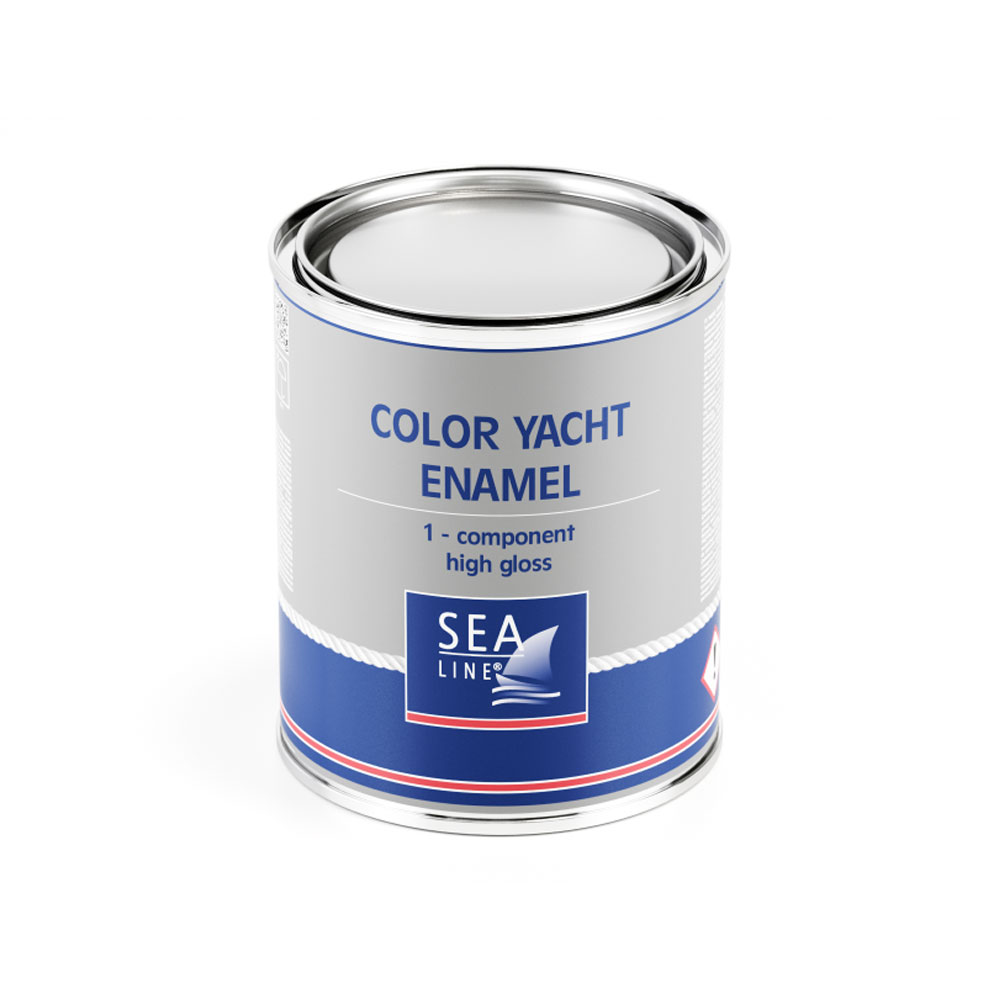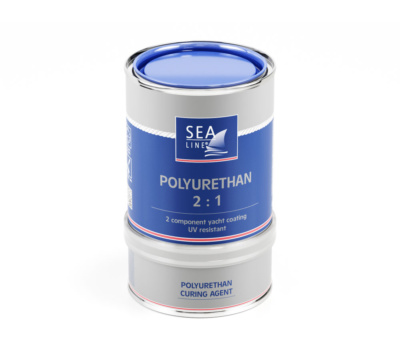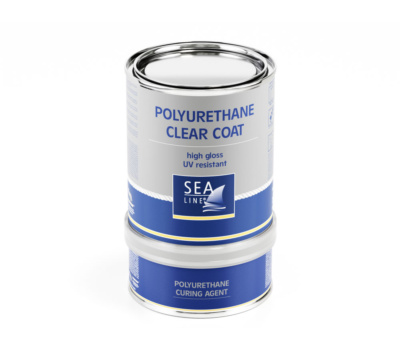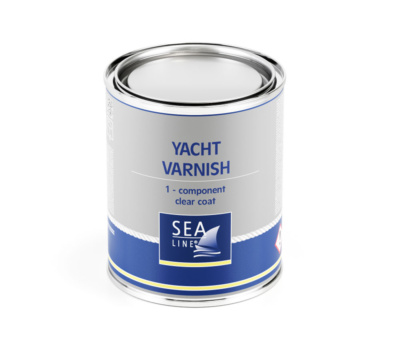Topcoat marine paint 1K (single-component), recommended for use above the waterline and for interior spaces of yachts.
| Color | Capacity | Code |
|---|---|---|
| white RAL 9010 | 125 ml | 300008166 |
| white RAL 9010 | 750 ml | 300008154 |
| crem RAL 9001 | 750 ml | 300008152 |
| red RAL 3000 | 750 ml | 300008158 |
| blue RAL 5010 | 750 ml | 300008161 |
| black RAL 9005 | 750 ml | 300008163 |

By hand:
Spray:
| Type | Laminates GRP, wood, steel | |
| Place | Above waterline | |
| Function | High gloss | |
| Application | brush, roll, spray gun | |
| Thinning | Thinner for 1 – component primer, varnisch, enamel | |
| Theoretical coverage for 1l | 15-16 m2 for 60 μm WFT/ 40 μm DFT | |
| Number of coats | 1 ÷ 2 | |
| Dry to the touch 20°C: | 3 h | |
| Dry to rain 20°C: | 6 h | |
| Fully woterprof | 10 h | |
| Elapsed time before applying next coat: | min. 16 h | |

This marine polyurethane topcoat paint is primarily recommended for protecting and renewing surfaces above the

It is a marine topcoat paint recommended for protecting wood and ensuring a long-lasting flawless

This is a clear marine varnish, dedicated to wooden boats and yachts. This product is
It is not recommended to apply 2K paints over 1K paints. 1K and 2K inks differ in their composition and properties, including hardness, chemical resistance and durability. 1K paints are one-component and dry by evaporating the solvent, while 2K paints are two-component and need to be cured by adding a hardener. Applying 2K paint over 1K paint can cause unpredictable chemical reactions and lead to undesirable effects such as dulling, chipping or flaking of the paint. Therefore, always use paints according to the manufacturer’s instructions and do not mix different types of paints. farby zgodnie z instrukcjami producenta i nie mieszać różnych rodzajów farb.
We do not sell retail. Our products can be found in many stores in Poland and abroad. Our distributors run stationary and online stores. The full list of distributors and contacts can be found on our website at the following link click here.